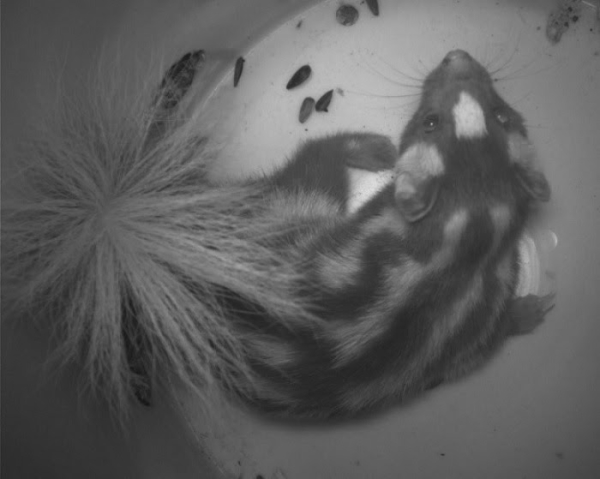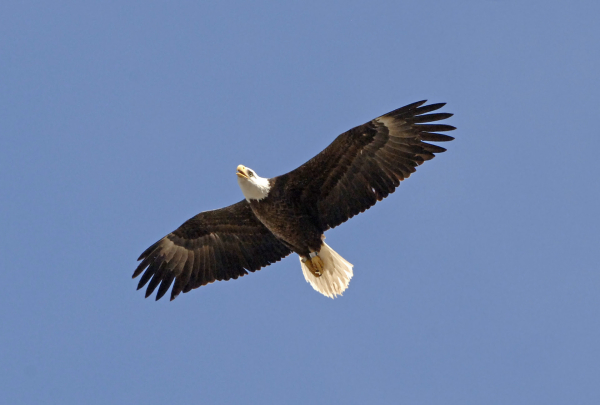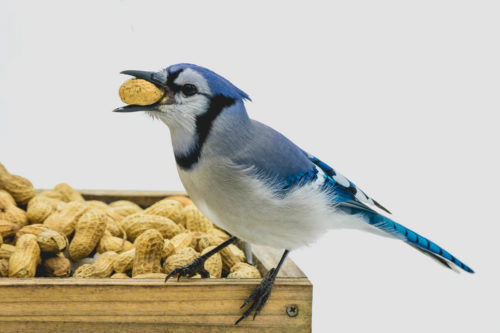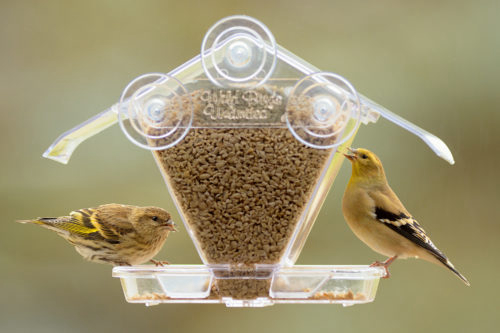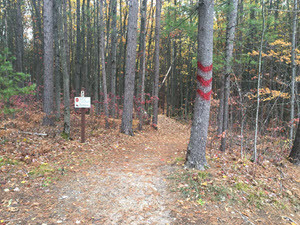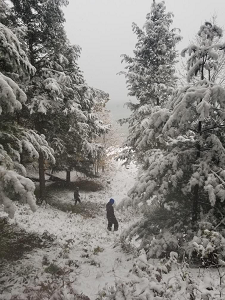Track the Migration of Snowy Owls
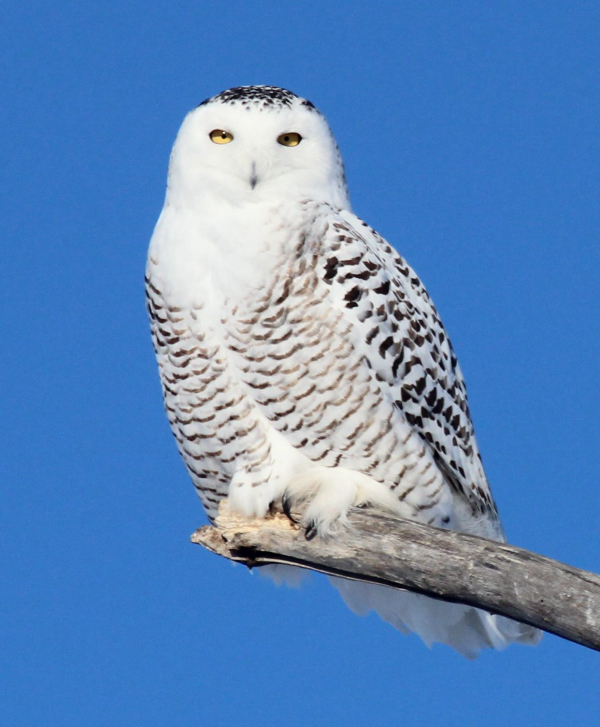
Project Snowstorm continues to provide exciting new information revealed by satellite telemetry that shows the movements of individual Snowy Owls. This includes a long-term study of a third-year female Snowy Owl referred to as ‘Stella’ that shows her movements from wintering areas to summer range in the high Arctic, including specific migration routes from 2018 through 2020. This fall, the updated map of her telemetry locations illustrates that this female Snowy began her migration south September 17 after spending the summer on King Edward Island, just north of continental Canada and west of the northern tip of Hudson Bay. After migrating almost directly south, last week her position was in the southeast corner of North Dakota, near the borders of Minnesota and South Dakota.
This interesting Snowy Owl spent the summers of 2018 and 2019 even farther north in Nunavut – on Victoria Island as a yearling in ’18, and on Lougheed Island as a second year bird in ’19 – not far from the North Pole! After taking a pretty straight line series of flights along the west side of Hudson Bay, it continued south through Manitoba, crossing the border into North Dakota November 24.
Where will “Stella” winter this winter? Although this owl migrated to the border between the Dakotas last winter too, for an unknown reason it doubled back north to spend the winter just north of the border in southwest Manitoba. In 2019, this owl wintered in northeast Montana, migrating through Saskatchewan during spring and fall. But to complicate the movement history of this individual Snowy Owl, she was originally observed and fitted with its transmitter in southern Ontario, adjacent to the state of New York. Read more


